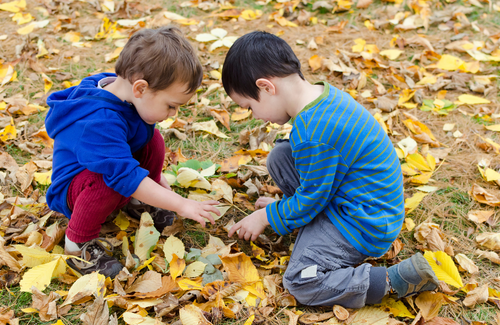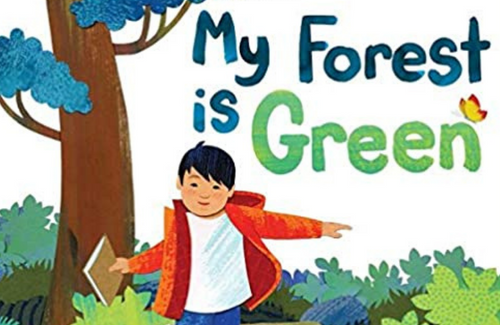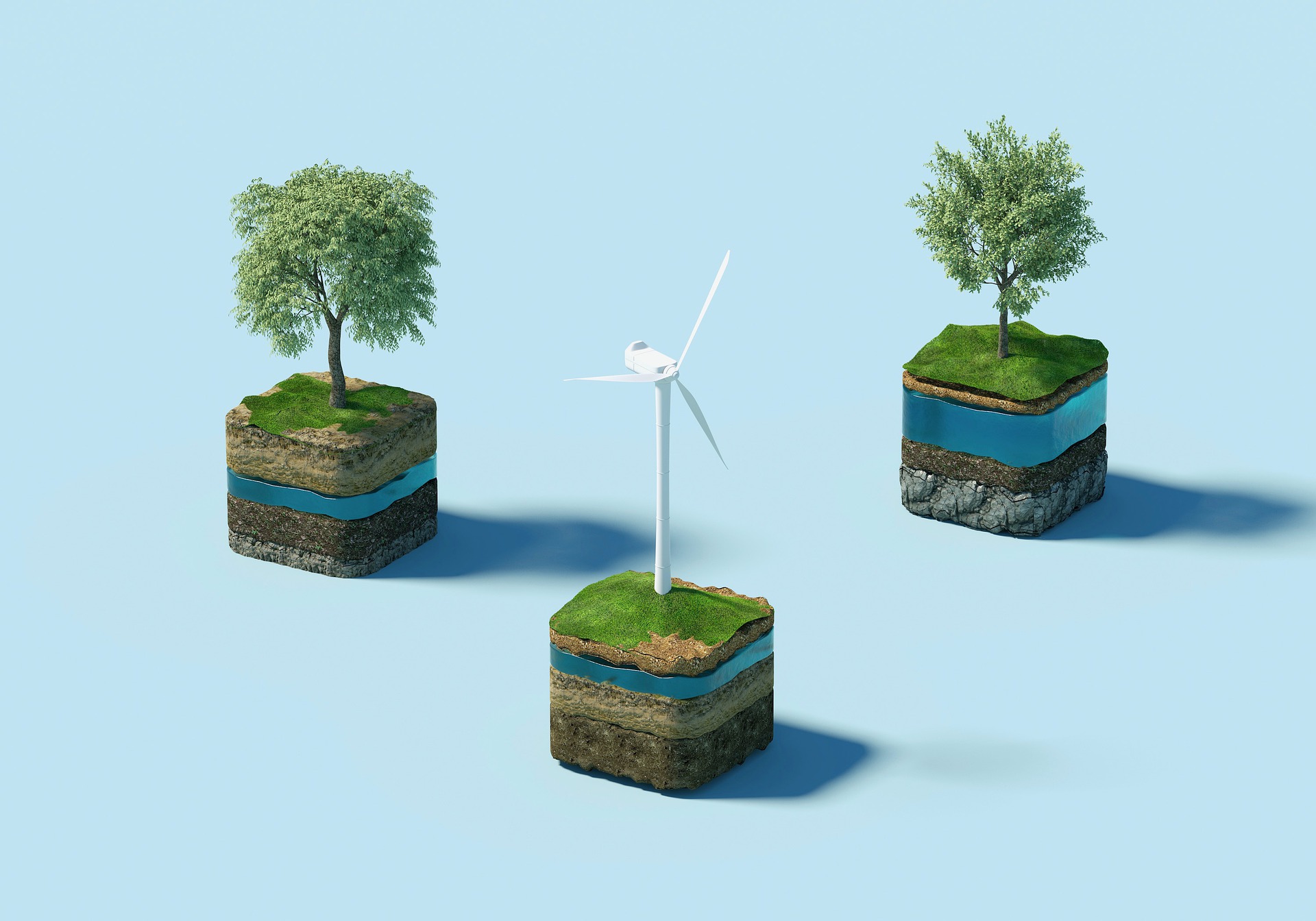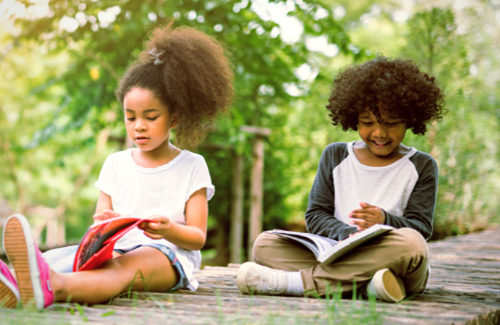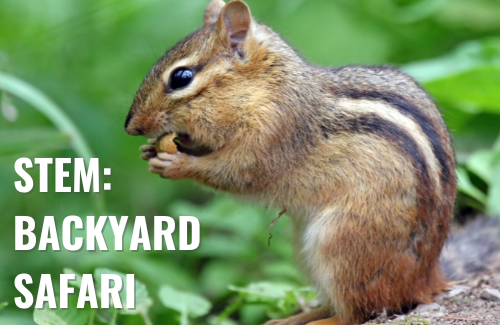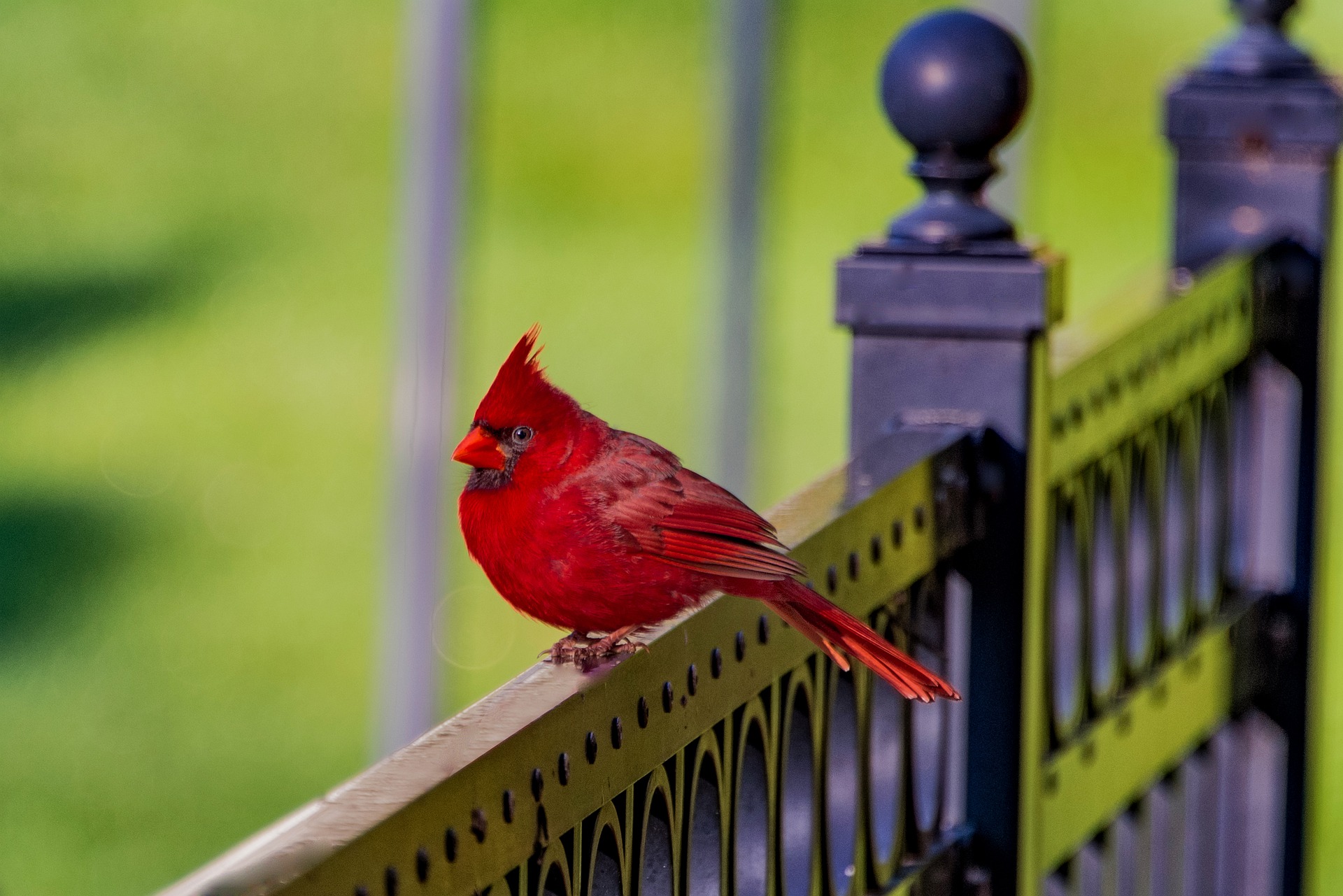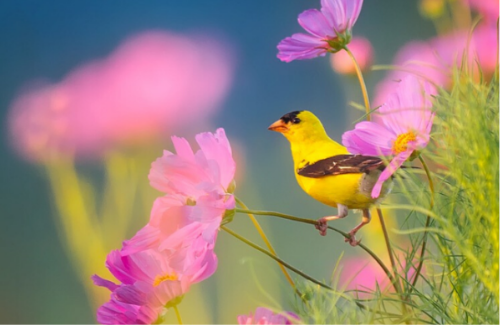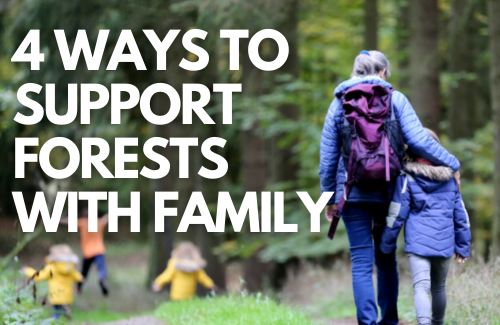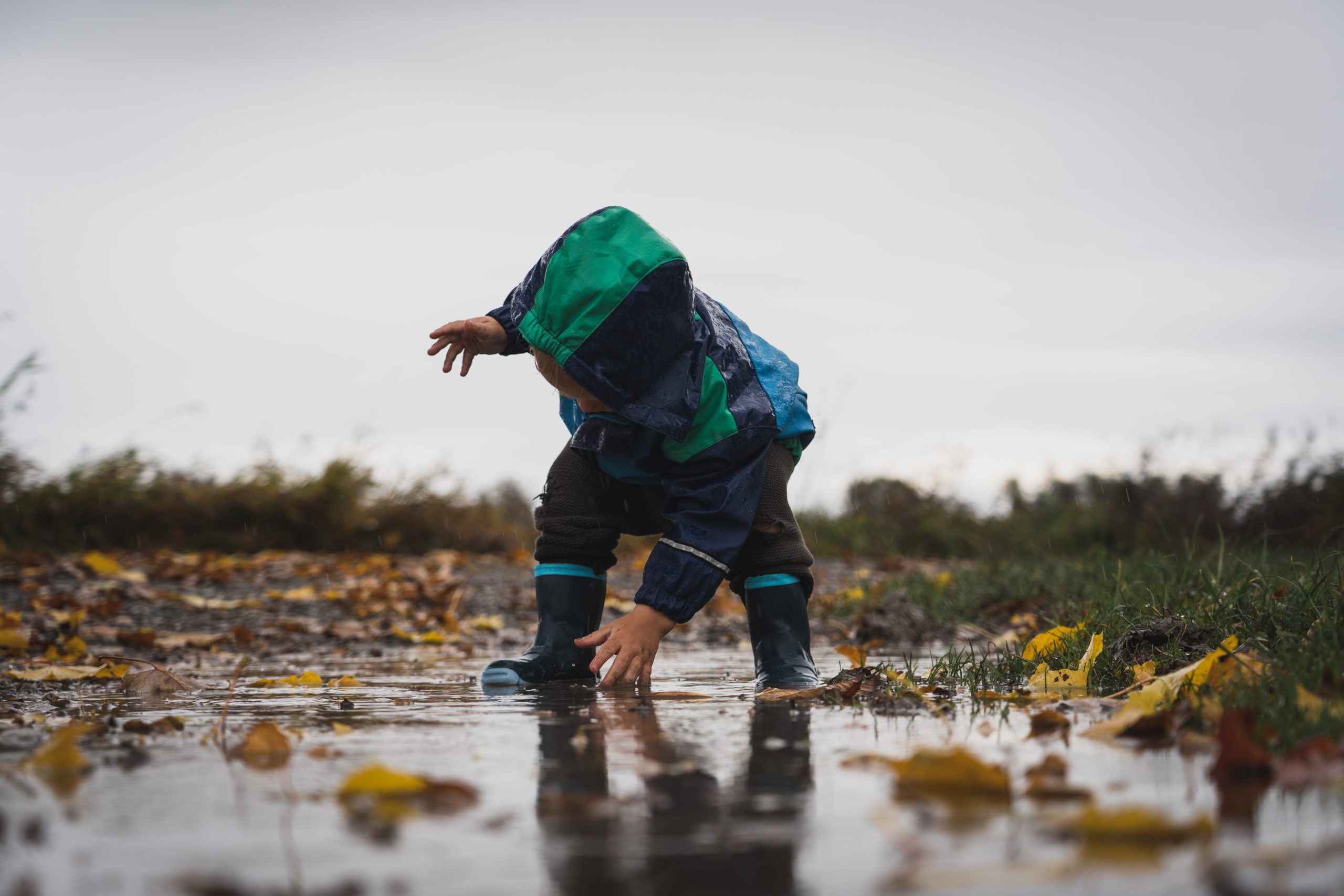Nature is a fascinating environment to create fun, authentic learning experiences, especially when it comes to math concepts! Explore seven benefits of using nature and the outdoors to teach math.
Follow along a curious young boy who explores the urban forest near his home and describes the shapes, textures, and colors of the plants and animals that live there and encourages young children to observe and appreciate the nature around them.
Get learners excited about sustainability with Earth Science Week activities you can try with your classroom, complete with recommended grade levels and relevant science standards!
Our latest release features three PLT activities for educators of students ages 8-11 and grades 3-5. Use the activities to invite students to investigate how being outside—and among trees, specifically—provides people with many different physical, emotional, social, and learning benefits.
As the days stay sunny for longer, summer can be the perfect time for kids and adults to relax under their favorite tree and catch up on their reading lists. Explore some of our favorite all-ages books about forests and trees to connect with the natural world!
Investigate how animals living in our backyards or schoolyards get what they need to survive and explore habitats nearby. These enrichments for a PLT activity, Backyard Safari, model the practices of a biologist by collecting and analyzing data and applying comparison and reflection skills to interpret research findings.
Introduce kids to urban birdwatching and help them enjoy their immediate environments! Check out how to get started with urban birdwatching at your school, daycare, summer camp, or home, along with bird-themed activities that you can adapt for your classroom.
Explore the world outside or bring the outdoors in with nature-based sensory activities that meet the needs of all students, including those with special or diverse needs.
All children should have the opportunity to learn about and enjoy forests with the grownups who love them. Here are some ideas for families.
Spring is in the air, which also means young kids are getting the wiggles, wanting to be outside. So why not help children by getting them moving and learning about the wonders of spring!
